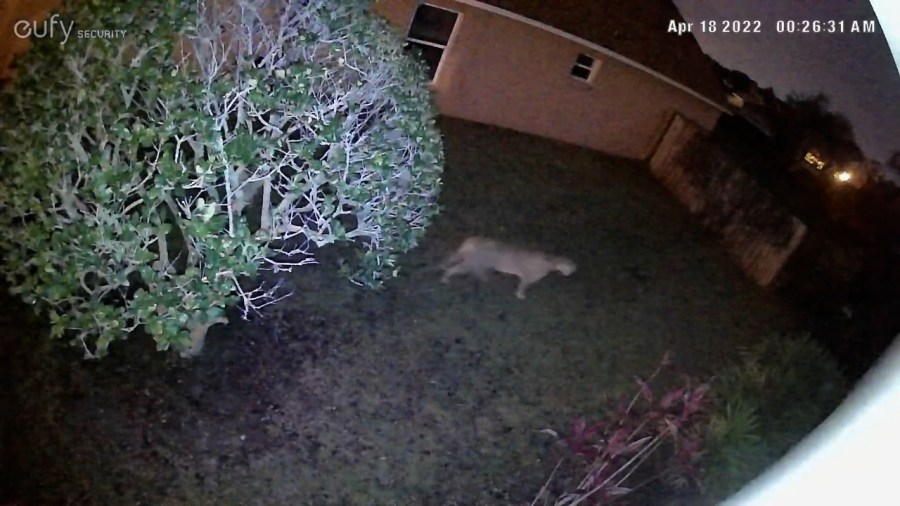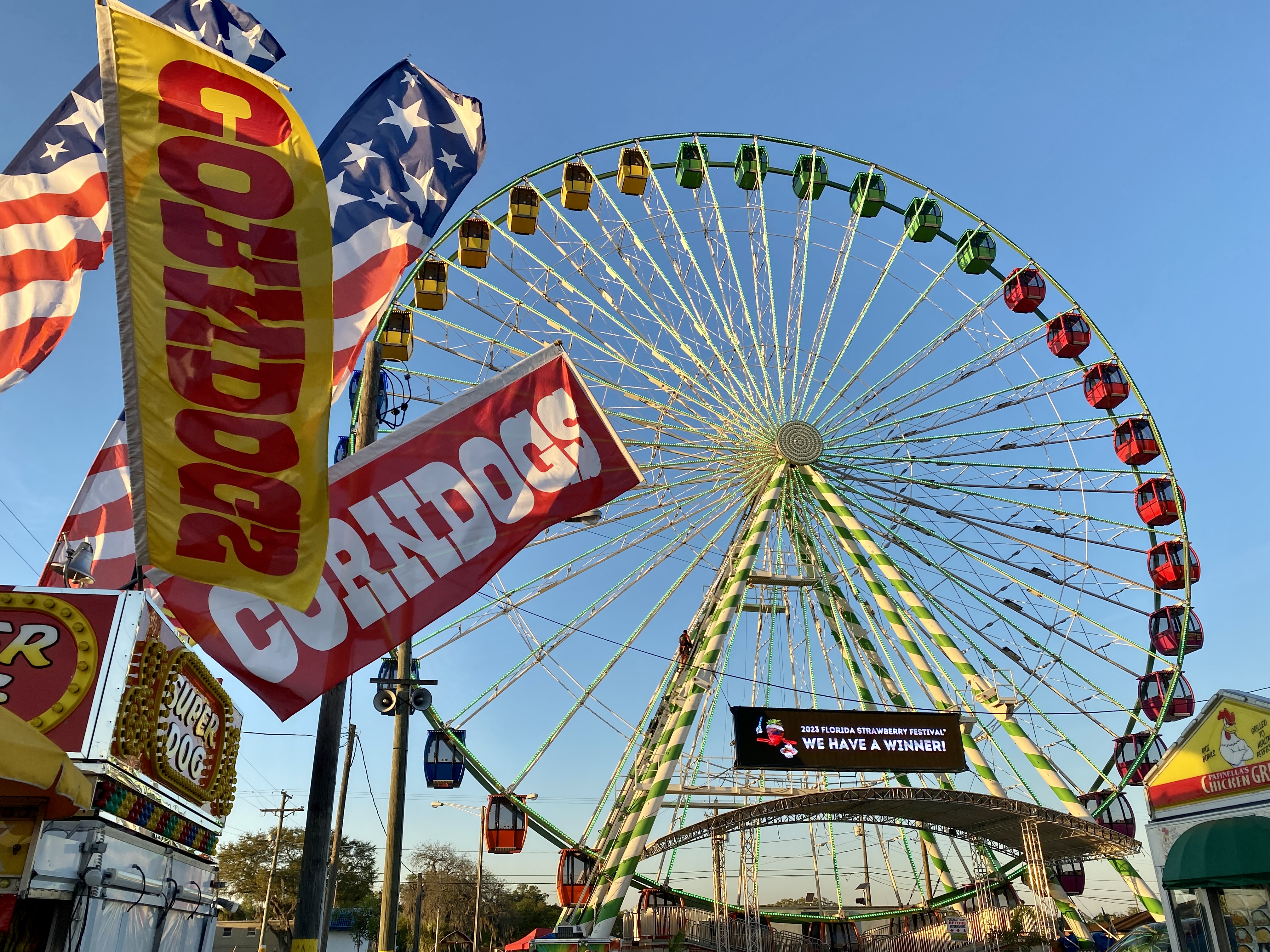POLK COUNTY, Fla. (WFLA) — Luigi Favilli has had panthers on his mind a lot lately. He woke up the morning of April 18 and saw a movement alert on his phone. Favilli’s camera detected motion overnight at his south Lakeland home.
“Usually we don’t get movement. But I saw it and it was a video of a panther,” he said.
A security camera overlooking Favilli’s yard appeared to capture the animal walking through gis property.
“I think it’s pretty crazy,” he said. “All the years that I have ever lived in Florida, I have never seen anything like this in my life. I even lived in South Florida, down by the Everglades, and it’s nothing I’ve ever seen before.”
“Typically panthers will try to steer away from those areas,” said Dr. Dave Onorato, a panther biologist, with Florida Fish and Wildlife Conservation Commission.
Due to the timeline, Dr. Onorato said he believes there were two panthers in Polk County this month.

One was prowling around Favilli’s backyard.
The other, a 2.5-year-old male, was hit and killed by a vehicle on the Polk Parkway a day before Favilli’s encounter.
It was the 11th panther killed by a vehicle in Florida so far this year, the leading cause of death for panthers.
“If both of these are males, they certainly would probably not want to be hanging out with each other, that’s just not what they do socially. That’s a very unique situation to have two animals in that area,” Dr. Onorato said.
It is rare for panthers to roam this far north. Dr. Onorato said it is possible the panthers were searching for females. The main breeding range is south of the Caloosahatchee River.
“It’s a challenge for animals to get through the I-4 corridor,” Dr. Onorato said.
Experts say part of the reason for the move north is development infringing on their habitats.
ZooTampa animal care professional Marie Filipek, who helps care for three rescued panthers at the zoo, said it also has to do with the endangered species’ population increasing in size.
“As their population is growing they’re trying to expand where they need to be. Florida panthers are solitary species so they are very territorial. They want to inhabit their own space,” she said.
Both Dr. Onorato and Filipek say providing conservation land is crucial.
“Any that can be set aside, whether it’s purchase of public lands or conservation easements working with private landowners to set aside areas for wildlife is important,” Dr. Onorato said.
“The panthers are going to have to find a home for themselves. They’re really looking for a vast amount of space and that way it has ample prey for them as well,” said Filipek.
ZooTampa promotes the Florida Wildlife Corridor Foundation, which aims to “permanently connect, protect and restore the Florida Wildlife Corridor”, according to its website.
“Right now, we have a lot of disconnect with our natural lands. So what they’re doing is working to conserve natural land that is kind of the missing link and that way they’re creating these natural corridors for animals to go through,” said Filipek.
To learn more, visit https://floridawildlifecorridor.org/.






